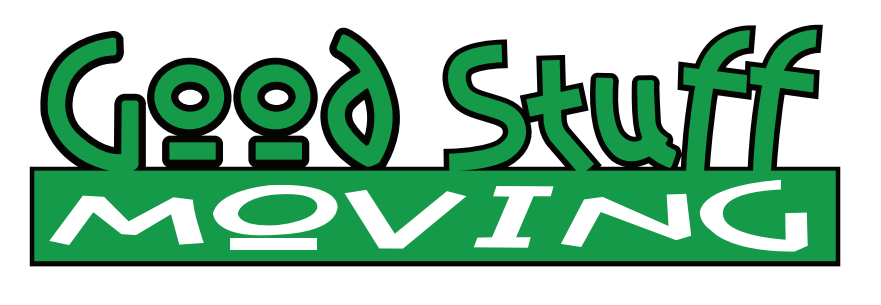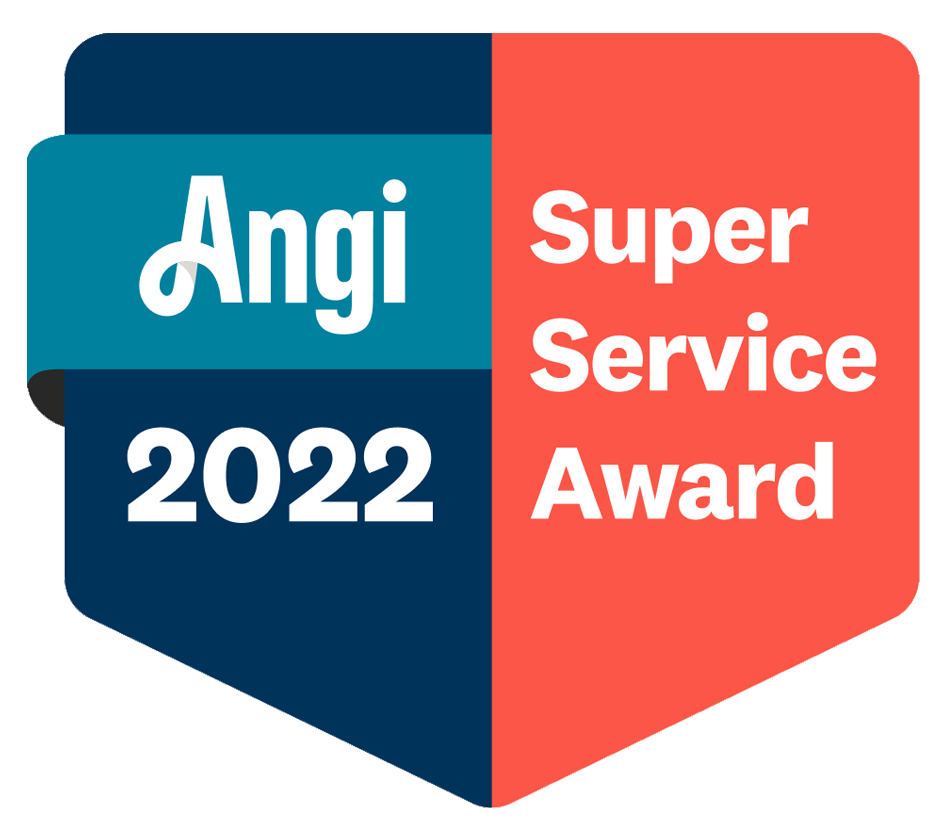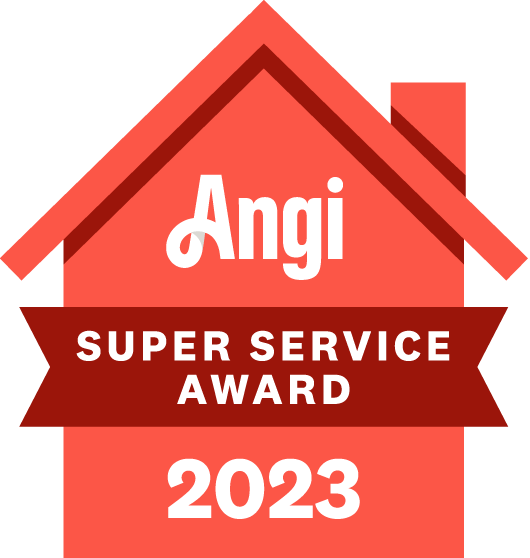January 15, 2013
Resolution to be the Queen (or King) of Green and Clean?
Under the kitchen sinks of most American households is a toxic stew of specialized cleaners. Our modern solutions to keeping our home environment clean and healthy can actually create more problems then they solve. U.S. Poison Control Centers report that approximately 10% of toxic exposures reported were due to contact with basic household cleaning supplies, resulting in some 206,636 calls with 120,434 of those call regarding children under the age of six.
However, it is not just immediate exposure to children that presents a risk, studies show that continual exposure to many modern cleaners causes long term health effects like chronic respiratory diseases and even cancer in both humans and pets. In addition, these products are highly destructive to the environment by polluting our air, land and water resources.
Modern cleaners are based on the age-old wisdom of homemakers who used natural products like essential oils of lavender and tea tree to clean and disinfect, but with added toxins you don’t need to be clean. The good news is we can make our own non-toxic and highly effective cleaning products with ordinary ingredients you probably already have at home.
The Basics for a non-toxic cleaning kit:
• Distilled white vinegar
• Lemon juice
• Baking soda
• Liquid castile soap
These four items can be used to clean virtually everything in the house with out the need for expensive chemical concoctions. Care 2 has put together a guide to creating a toxic free cleaning kit with 8 easy recipes for household cleaners.
Many of us associate cleanliness with certain smells. Bleach in the bathroom smells clean. Perfumed laundry seems somehow cleaner then unscented, furniture polish let’s everyone know you are on top of it. While these smells are almost comforting and somehow prove you really did the job right, they are unnecessary, toxic and known to cause skin, eye and respiratory irritation.
The National Institute of Occupational Safety and Health reports that 1/3 of the chemicals used in “fragrances” are toxic. Perfumers are not required to list the actual toxins because they are considered “trade secrets”. TLC has a guide to never buying cleaning products again with directions for making toxic free cleaning alternatives that will give you those clean smells.
Even if you don’t want to make your own cleaning products there are many environmentally friendly and non-toxic products on the market. In addition to a great article on the health and environmental effects of toxic cleaners, The Organic Consumers Association has solutions and suggestions including product recipes and links to manufacturers of green cleaners.
Before using any of your homemade products on delicate surfaces such as textiles or furniture it is a good idea to test them. Eartheasy provides further details on creating non-toxic cleaning kits for more specialized tasks – substitutions like carpets, brass fixtures, bricks and decks. They also provide links to green cleaning products and a guide to best practice cleaning habits.
Do you have any green and clean tips to share? Have you found a homemade solution to a cleaning problem that worked better than the toxic store bought version? Have you noticed a difference in your family’s health since going green to clean?
Check back for our next post on moving in a winter wonderland for tips on snowbound relocation.





